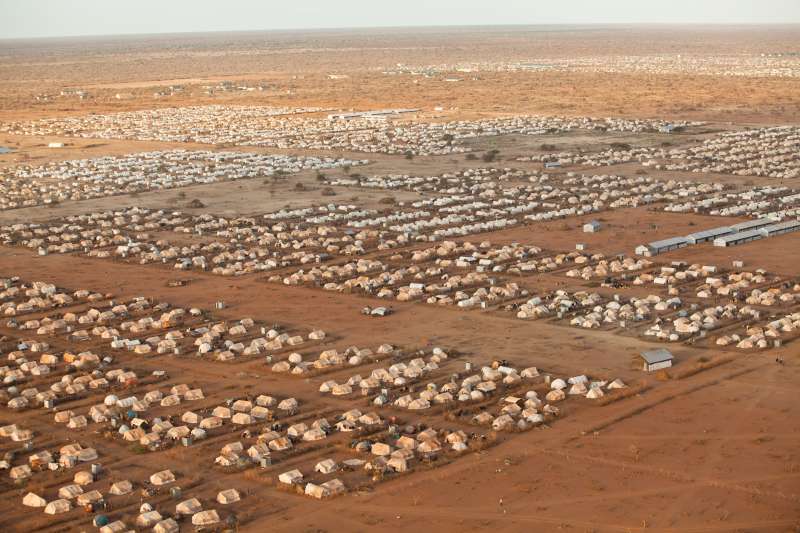In the wake of the horrific Garissa University attacks, which took the lives of 148 people, Kenya’s Deputy President delivered an ultimatum to the United Nations Refugee Agency: move nearly half a million Somali refugees out of a huge Kenyan refugee camp in three months or we will “relocate them ourselves.”
He was was referring to the world’s largest refugee camp, Dadaab, which sits along the Kenya-Somali border. It’s home to hundreds of thousands of people, mostly Somalis, who have fled instability in their homeland. In response, UNHCR requested Kenya reconsider its demand, identifying not only the great humanitarian crisis that would ensue by forcing half a million people to relocate to insecure areas lacking food, shelter and medical care, but the potential breach of international law; the 1951 UN Convention on Refugees prohibits “refoulement.” Likewise, human rights and aid workers collectively voiced that such a move would be “catastrophic,” serving to further marginalize an already vulnerable population and ultimately not solve Kenya’s terrorism problem.


Speaking with reporters last week in Geneva, Karin de Gruijl, a spokeswoman for UNHCR, looked to extend a hand to Kenya in attempts to diffuse tensions. “UNHCR stands ready to work closely with the Government of Kenya to strengthen law enforcement at Dadaab and support other measures to protect refugees and Kenyans alike against possible intrusion by armed actors from across the border,” she said.
In addition, UNHCR promised to convene a meeting with Kenyan and Somali governments to re-examine opportunities to scale-up a repatriation program initiated in December of 2014. Questions remain, however, about the voluntary nature of the program and feasibility as many areas in Somalia remain largely insecure.
Dadaab’s residents, at the moment, continue to be at the unrelenting mercy of politically orchestrated and calculating games. Some have accused the Kenyan government of playing on anti-Somali sentiment among an angry and fearful Kenyan populace, effectively scapegoating Somali refugees in an attempt to deflect blame amid allegations of slow responding security units, corruption, and poor security governance. Indeed, the Kenyan government has called the camp a “safe haven” and “nursery” for terrorists.
The Kenyan government’s most recent demand for Dadaab’s closure follows a long-precedent of similar calls, including in 2013 after the Westgate Mall attack. These repeated calls have been accompanied by a rise in violence against Somalis living in Kenya. While distrust between Nairobi’s Somali communities and Kenya’s security forces has impeded the security situation, hampering police’s ability to garner cooperation and collect intelligence. One particular egregious effort was Operation Usalama Watch, a security operation conducted by Kenya’s security forces starting in April 2014. Amnesty International reported that thousands of Somalis were attacked, arrested, and forced into refugee camps or deported back to Somalia during the campaign. Experts warn that these narrow, heavy-handed military tactics have, inadvertently, exacerbated the problem and are at the source of increasing homegrown al-Shaabab recruitment.
For now, it appears that the fate of Dadaab and its residents will be determined in May, when the head of UNHCR will meet with Kenyan and Somali governments to discuss plans for possible repatriation. Despite Kenya’s officials’ commitment to this goal, it is unlikely that the closure of the Dadaab refugee camp will serve the purpose of eradicating terrorism. Rather, Kenya’s prioritization of politically-motivated short-term security, through ethnic profiling and group punishment doled out by predatory security forces, over more long-term efforts to tackle corruption, conduct security sector reform, and improve governance is likely to continue to be the source of its woes.
Kate Edelen is a Research Associate at the Friends Committee on National Legislation (FCNL). The views in this article are hers alone and do not necessarily reflect the views of FCNL.
